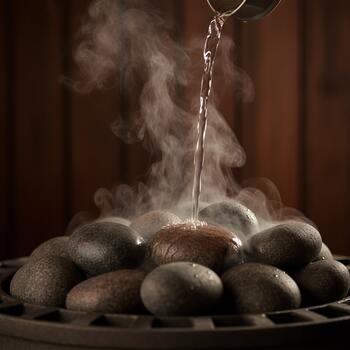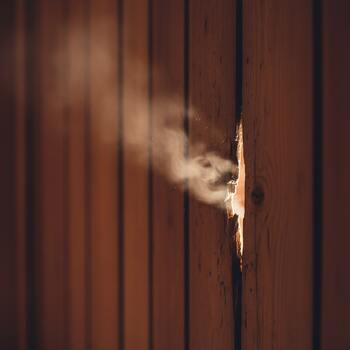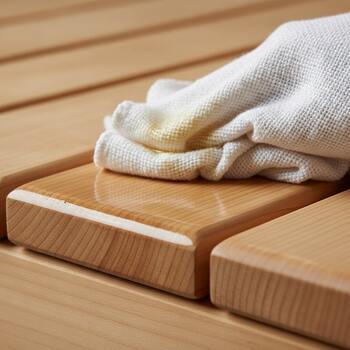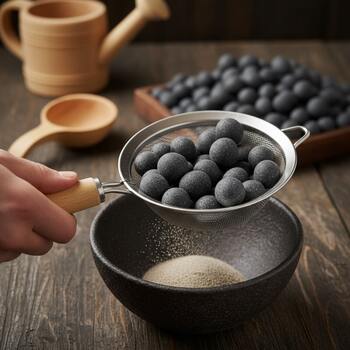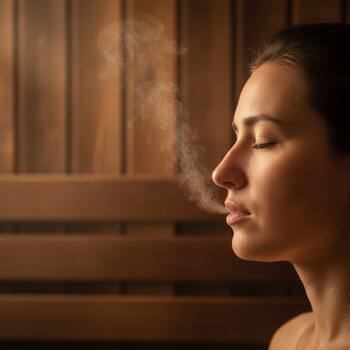
Slow Exhale
Make the out-breath a touch longer. The chest relaxes, heat feels rounder.
These notes help you turn minutes into a ritual: gentle steam, calm breathing, and cedar that stays kind to touch. Begin small, grow with practice.
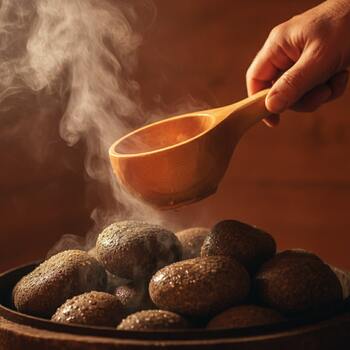
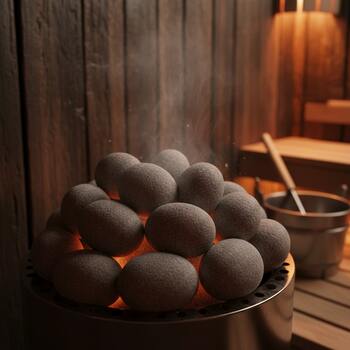
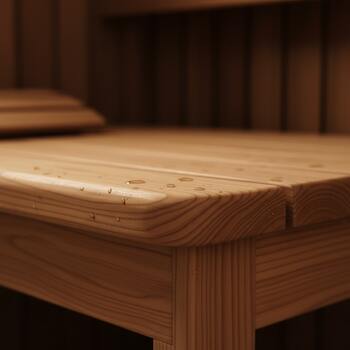
Breathe like you’re polishing glass: inhale steady through the nose, exhale longer than the inhale. This keeps the body cool from inside and smooths out the steam.

Make the out-breath a touch longer. The chest relaxes, heat feels rounder.
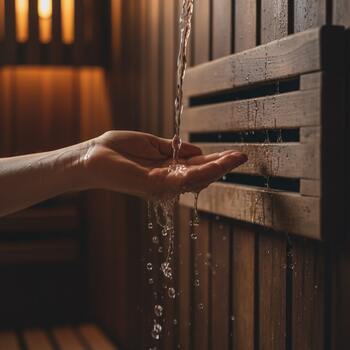
Rinse wrists and palms; tiny vessels cool fast and signal calm to the whole body.
Most problems come from big splashes, blocked air, and rushing the rest. Here’s how to fix them in seconds.
Rule of thumb: small actions, big comfort. Steam should feel like a soft blanket, not a shock.
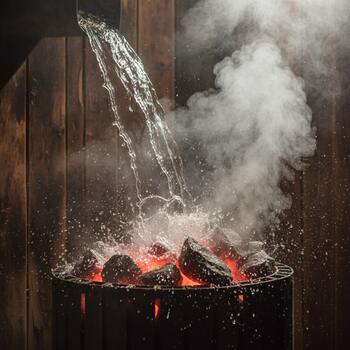
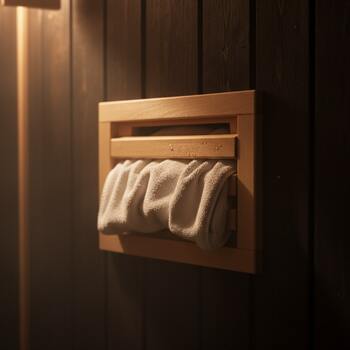
Two small openings do more than one wide gap. Keep air moving gently: low inlet, upper outlet, short pauses.
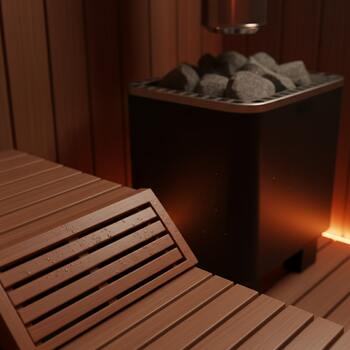
Cooler air slips under the heat and rises across stones. Keep the path clear of towels or mats.
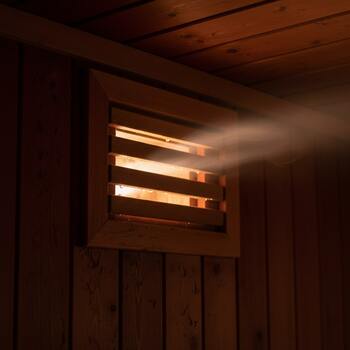
A small crack near the ceiling releases heavy air without dumping the core warmth.
Use tiny pieces, not scoops. Thin scents lift the mood without sticking to wood.
Two leaves + warm water cup. Rest one minute, then pour in a narrow ribbon.
A thumb-size peel brightens heavy notes. Never use sticky syrups.
Let the room breathe; oils set light and benches stay smooth.
Note: test on a small pour first; strong drops can overwhelm a small room.
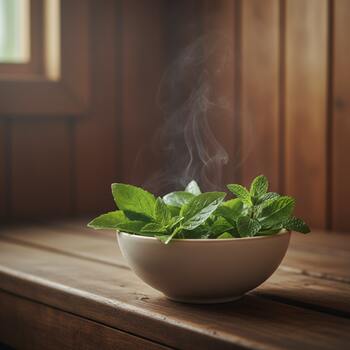
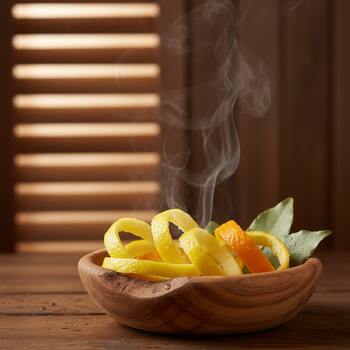
Lower bench for gentle warmth, upper for intensity. Mix seats between pours to keep the body fresh.
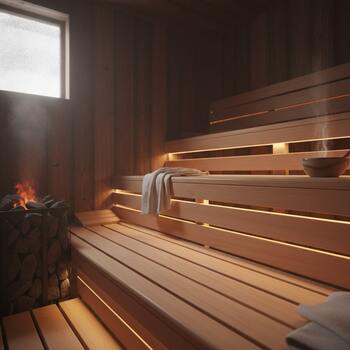
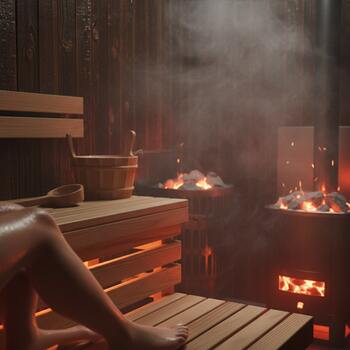
The best sessions come from a gentle cadence: warm, pour, vent. Keep actions small and the heat turns smooth instead of sharp.

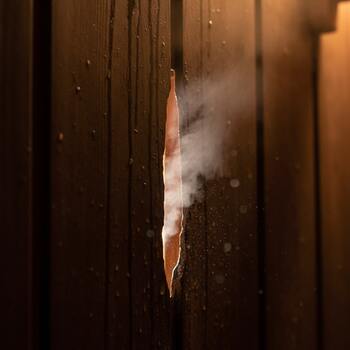
End every round with a calm drop in temperature. Hands, wrists and feet cool fastest — your whole body follows.
Two slow pours over wrists; breathe out longer while water runs.
Cool ankles and soles; tiny vessels calm the heart rate quickly.
Sit by a vent or window for one minute; return only when the breath feels easy.
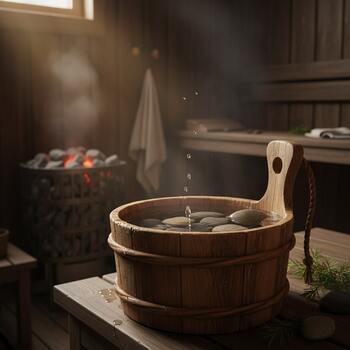
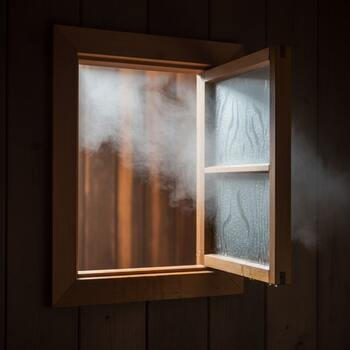
Simple corrections fix most issues. Read, try once, feel the difference.
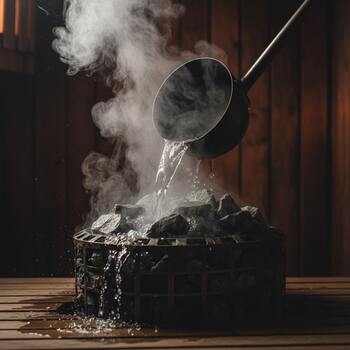

Give the stove room to breathe. Small clearances and a low guard turn hot corners into safe corners.
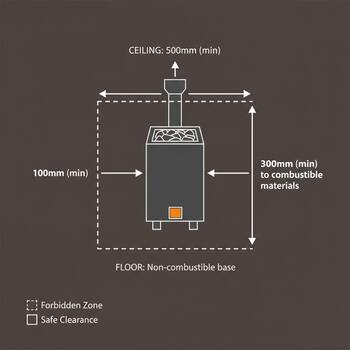
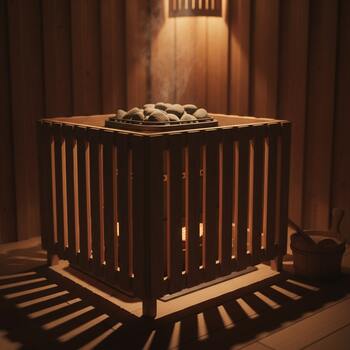
A tiny routine before and after keeps steam soft and wood fresh. Check it off with your breath.
Note: one calm minute beats ten rushed ones.
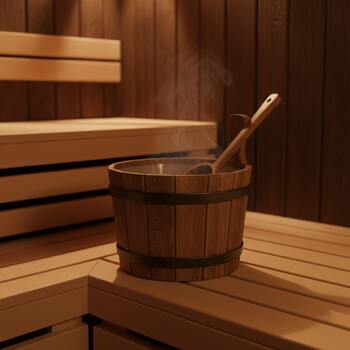
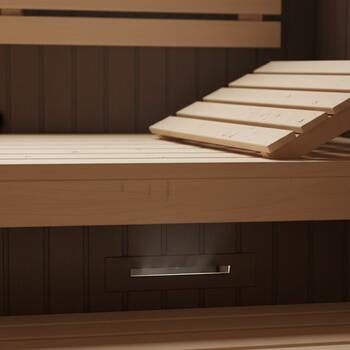
If steam feels sharp or sticky, adjust one thing at a time. Small changes create big comfort.
Cause: splash or flat stones on top. Fix: pour narrower; add two rounded pieces up top.
Cause: closed vent or wet mats. Fix: crack outlet 60 sec; lift mats and gear off the floor.
Cause: only small stones in the stack. Fix: place heavy stones at base to store heat.
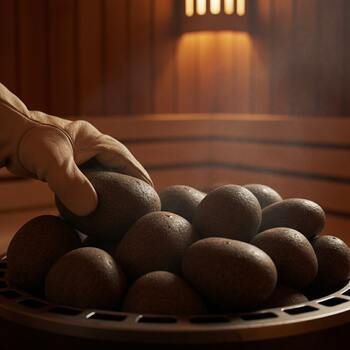
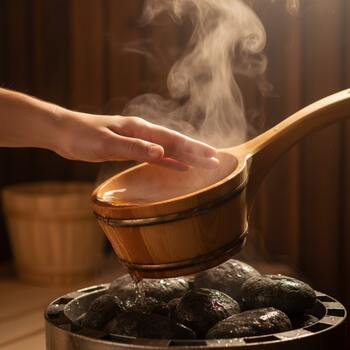
Three simple flows for different moods. Start light, adjust one step at a time.
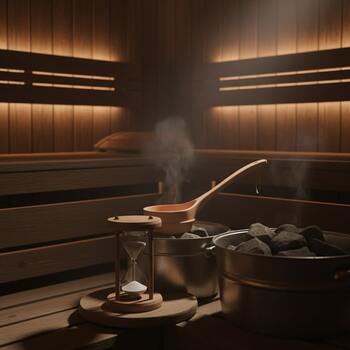
Stay on the lower bench; let breath lead the pace. Add a second pour only if the cloud feels thin.
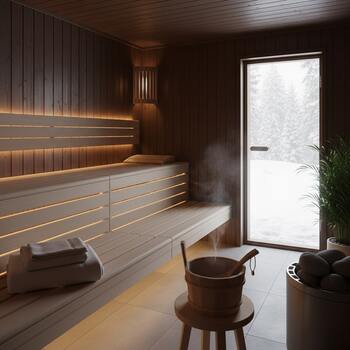
Keep kids on the lower tier; rotate seats each round so everyone samples different warmth.
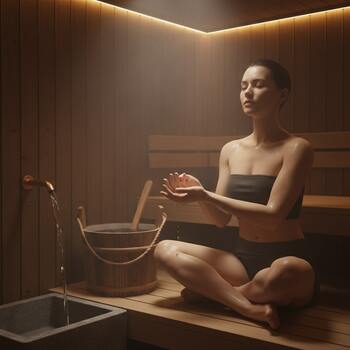
Short rounds with longer exhales. Focus on wrists and palms for quick cooling between pours.
Tiny routines keep cedar kind and steam clean. Do these after every couple of sessions.
Swipe dust from the inlet and outlet; clear paths make steam softer and benches drier.
Lift two from the top and swap with mid layer; open small gaps for even bloom.
Wipe a thin film on high-contact edges only. Shine, not gloss.
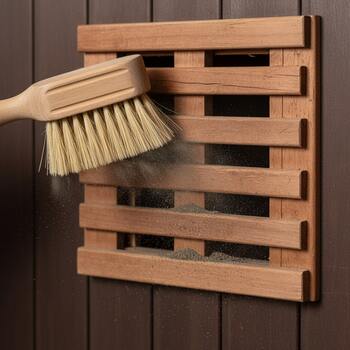
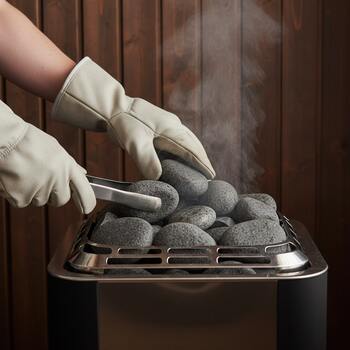
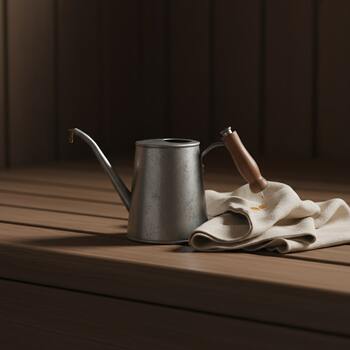
Little scenes to remember: small pour, brief vent, kind wood, clean stones.
